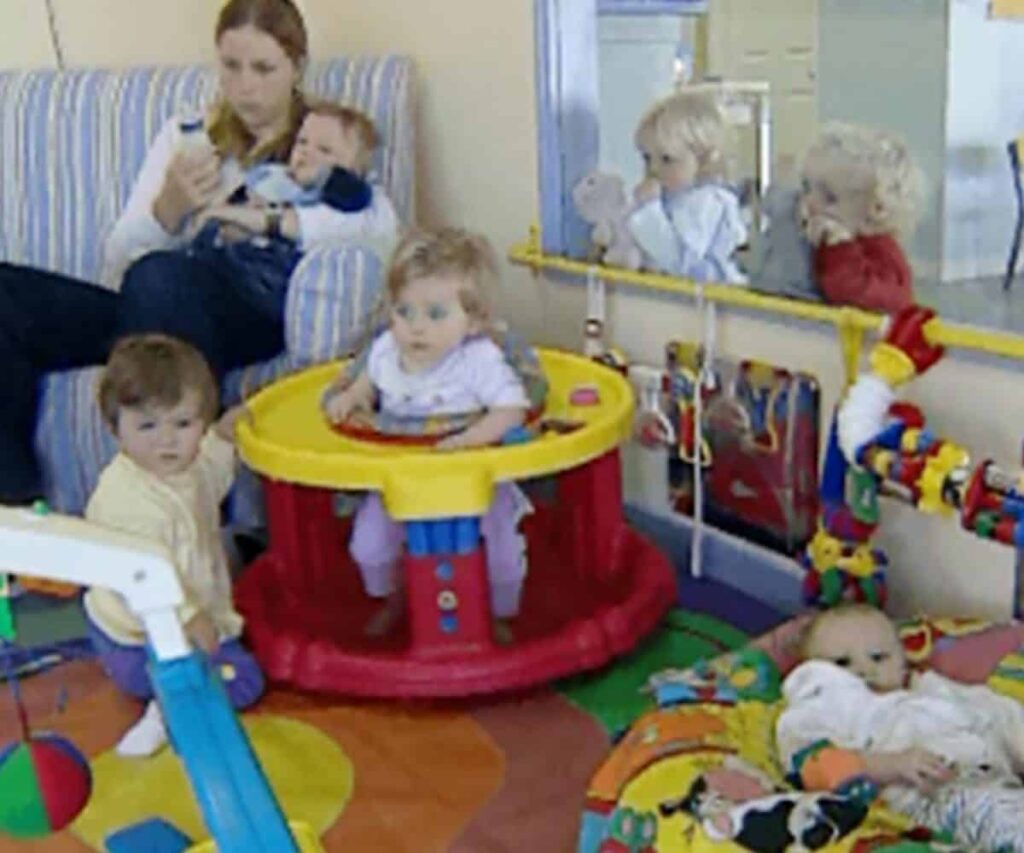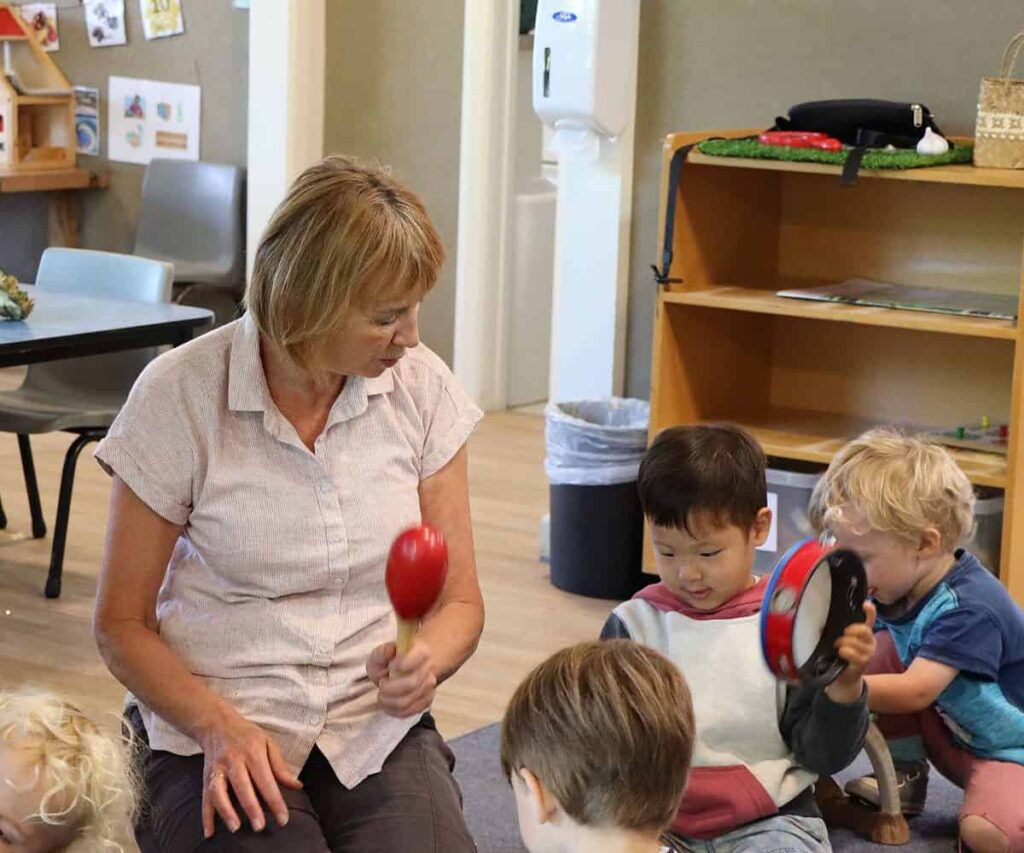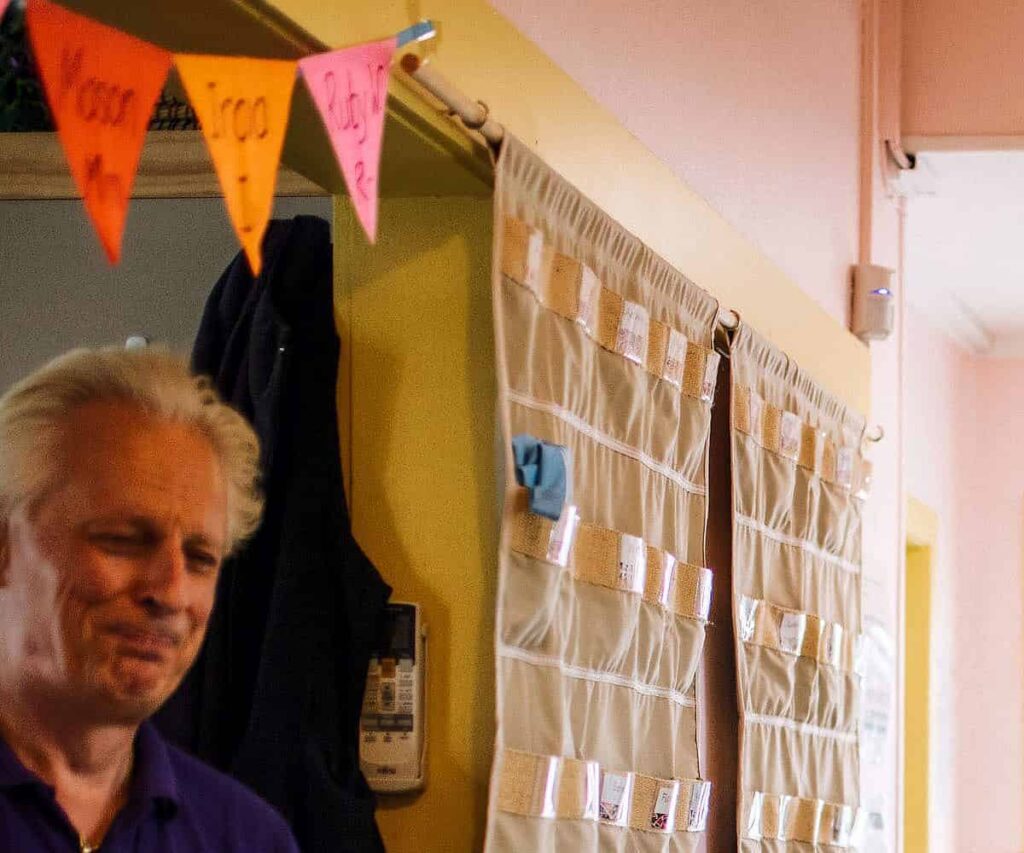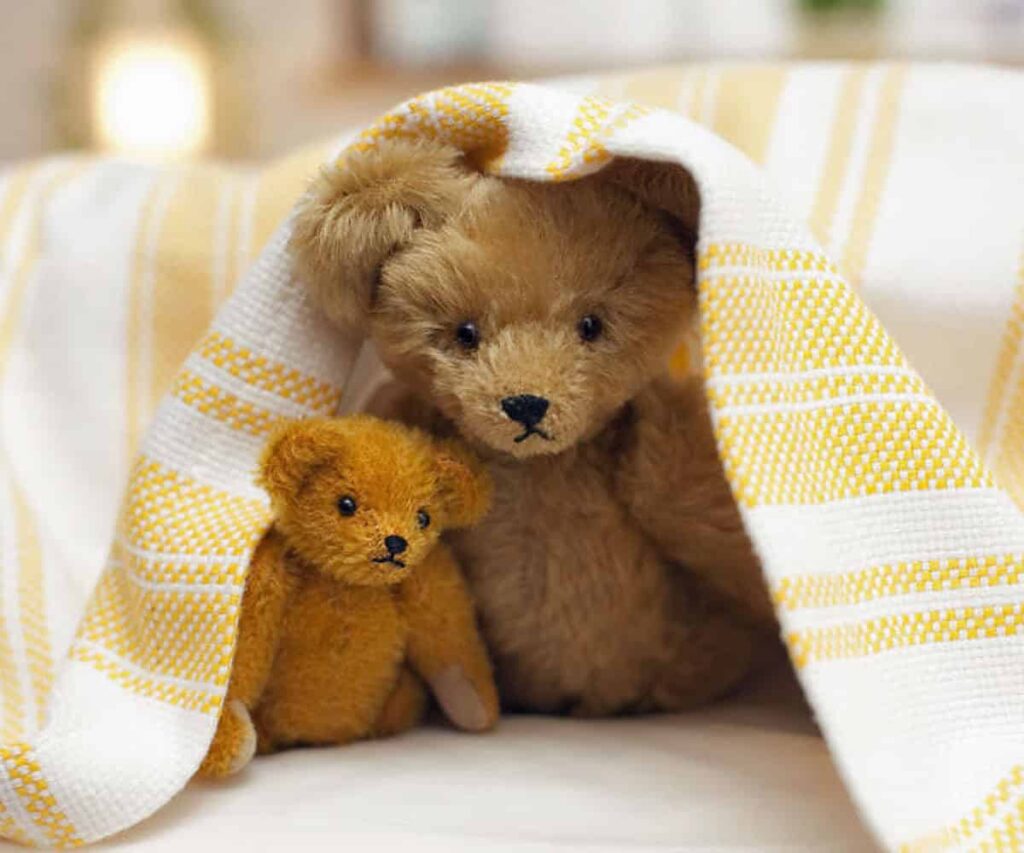In regard to sleep rooms and beds, the requirement for home-based services is that there must be “space available for the restful sleep of children who need it at any time they are attending.” There is no mention that a dedicated space is needed and there is no specific requirement to provide beds and cots.
At centres, the minimum requirements to provide for children sleeping are shown in the tables below. The requirements vary depending on whether the centre is licensed to be an all-day facility or is open for no more than 4 hours at a time.
Sessional Centre (children can’t attend for more than 4 hours at a time)
| Children Under 2 years | 2 years and older |
|---|---|
| Provides a dedicated space located and designed specifically for under-2s to have a restful sleep at any time | Provides a safe and comfortable place to nap or rest. |
| Provides furniture or items intended for children to sleep on, e.g., bed, cot, mattress, stretcher. | Provides a couch or bed, stretcher, etc. |
| Provides bed, cot or such at a minimum ratio of 1 to every 5 children | No minimum requirement to provide bed, stretcher, or such. |
All-Day Centre (over 4 hours)
| Children Under 2 years | 2 years and older |
|---|---|
| Provides a dedicated space located and designed specifically for children under-2 to have a restful sleep at any time. | Provides a space to sleep or rest for a reasonable period of time each day and provides alternative activity spaces for children not sleeping or resting. |
| Provides furniture or items intended for children to sleep on, e.g., bed, cot, mattress, stretcher. | Provides furniture or items intended for children to sleep on, e.g., bed, cot, mattress, stretcher. |
| Provides bed, cot or such at a minimum ratio of 1 to every 2 children | No minimum requirement for ratio of beds to children. |
The number of beds to children is not specified in the requirements for older children attending an all-day centre, though it is very common for 2- and 3-year-olds to become tired during the day and need a place to nap undisturbed by other children.
Note also that quietness or the provision of a quiet place to sleep is not included in the requirements though fluctuations in noise levels are not permitted in sleep spaces for under-2s.
Design and features of furniture and sleep items
At all services (centres and homes), furniture and items intended for children to sleep on (such as cots, beds, stretchers, or mattresses) must:
- Allow a child to lie flat.
- Be designed to ensure safety and prevent suffocation hazard.
- Allow a waking child to sit or stand safely.
- Be securely covered with or made of a non-porous material so liquid can’t pass through thus protecting from soiling and allowing for easy cleaning.
- Be able to be hygienically stored when not in use – if not permanently set up.
Placement
Furniture or items intended for sleeping on must be:
- Spaced out to enable adults to have clear access to at least one side length ways.
- Set out to provide sufficient air flow around each child to prevent spreading illness.
Care of
Individual bedding for sleeping or resting must be:
- Sufficient to keep a child warm.
- Hygienically laundered with a documented procedure.
(Note that a service may ask parents to provide bedding for their child, however unless it provides the bedding it may be difficult for the centre to be sure that it is meeting its legal obligations for the standard ‘hygienically laundered’).
Sleep room or sleep space
At all services, where children sleep there must be fresh air circulating – i.e., through natural ventilation (windows/doors open) or mechanical ventilation.
Additionally, for children under 2-years the space where they sleep must be designed to:
- Minimise fluctuations in temperature, noise and lighting levels.
- Allow adults to provide adequate supervision – i.e., the under 2s can be observed at all times.
Written sleep monitoring procedure
All services must have a documented procedure for monitoring children’s sleep and implement their procedure. Home-based services are required to communicate their procedure to parents. Centres are required to display their procedure.
The documented procedure ensures that:
- Children have no access to food or liquids while in bed.
- Children are checked for warmth, breathing, and general wellbeing every 5 to 10 minutes in centres, or every 10 to 15 minutes in home-based services, or more frequently according to individual needs.
At centres the procedure must also include keeping a record of the time each child sleeps, and what times adults performed checks of the child sleeping.
Recording children’s sleep and adult check times is not required of home-based services. Sleep records are not required to be kept in home-based services.
Failing to meet minimum standards
The Ministry of Education needs to know:
- If you are concerned children’s needs are not being met.
- If you are concerned a service is not meeting a minimum legal requirement.
READ MORE: How to make a complaint and your options.
CAUTION: This page and the information here is provided as part of the My ECE Guide to Regulations and Licensing Criteria for Early Childhood Education Services (The Guide). The Guide does not purport to be a full and accurate interpretation of all statutory provisions relating to early childhood education services. While best efforts have been used in preparing this guide, no representations or warranties of any kind are made and My ECE assumes no liabilities of any kind with respect to the accuracy or completeness of the content. Please note that the Government and Ministry of Education may change, update, or alter any of the requirements at any time. Please help to keep the information on this page up to date by letting us know of changes that need to be made.
Thank you! Kia pai te rā
Reference:
Sleep Rooms, Beds, Cots, Bedding and Monitoring of Sleeping Children. Published in the My ECE Guide to Regulations and Licensing Criteria for Early Childhood Education Services, prepared by Dr Sarah Alexander and Warwick Marshall.
Last reviewed: 20 November 2022




















